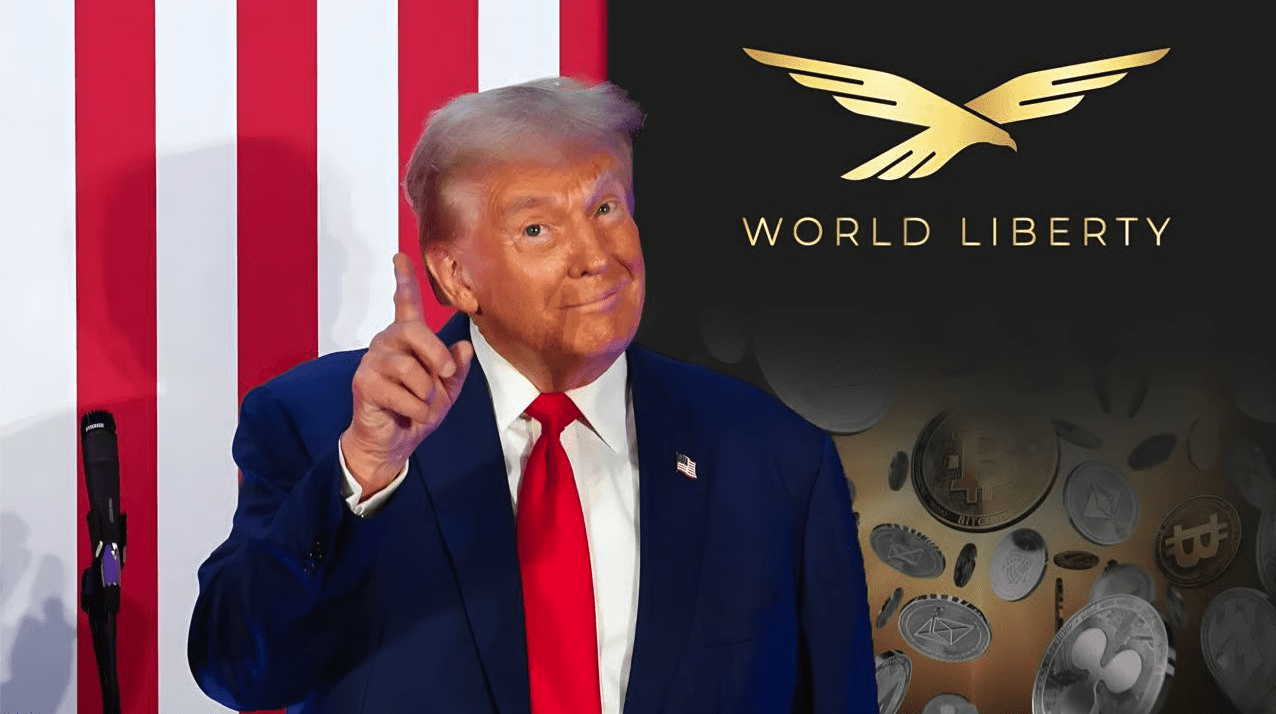Risks of crypto reserve companies? Self-dealing, insider trading, and fears of a financial crash reoccurring.
Recently, there has been a surge in digital asset treasury companies (Digital Asset Treasuries, DATs) in the cryptocurrency market, which are accumulating specific cryptocurrencies through acquisitions of listed companies, attracting billions of dollars in funding. Reports estimate that about ten companies are trying to enter the market each week.
This model has sparked both positive and negative evaluations; supporters believe it can enhance the visibility and returns of tokens, while critics point out that it may involve self-dealing transactions and insider operations, bringing new systemic risks to the market.
Insider trading concerns regarding crypto reserve companies: Unlisted tokens can also be involved.
Foreign media (The Block) reported yesterday (8/14) that the biggest controversy surrounding the crypto reserve company craze lies in the opaque trading structures and tight internal relationships.
The establishment of many crypto reserve companies is directly related to insiders involved in their target acquisition tokens, such as developers, major supporters, and large holders.
Market commentator Kadan Stadelmann further criticizes this model as a ‘self-dealing transaction’ cleverly packaged as capital deployment, where a reserve company uses venture capital funds to purchase tokens already held by those venture capitalists, which is not asset management but rather creating exit liquidity.
For example, World Liberty Financial (WLF), backed by the Trump family, will raise $1.5 billion to establish reserves for the unlisted, non-tradable governance token $WLFI. Its co-founder publicly stated that the acquirer ALT5 can acquire these tokens at a discount of about 64% off the market price.
 Image source: Vritimes World Liberty Financial (WLF), backed by the Trump family, will raise $1.5 billion to establish reserves for the unlisted, non-tradable governance token $WLFI.
Image source: Vritimes World Liberty Financial (WLF), backed by the Trump family, will raise $1.5 billion to establish reserves for the unlisted, non-tradable governance token $WLFI.
Additionally, the TON blockchain, closely related to Telegram, has its reserve company TON Strategy also submit documents to the U.S. Securities and Exchange Commission (SEC), stating that based on its existing relationships within the TON ecosystem, it can acquire a large amount of Toncoin ($TON) at about a 40% discount to the market price.
This phenomenon of closed-loop trading is not uncommon. Binance founder Changpeng Zhao's family office transformed a NASDAQ-listed company into a BNB reserve company; TRON founder Justin Sun was appointed as an advisor to a toy manufacturer, which subsequently transformed into TRX reserve company Tron Inc.
An anonymous industry insider told (The Block): ‘Information considered gray area in cryptocurrencies is likely seen as insider information in the stock market.’
Like meme stocks? The fundamentals of altcoin reserves are relatively weak.
Another foreign media outlet (Axios) commented from a different perspective, calling it ‘a new trend in this bull market.’ These crypto reserve companies provide retail investors with a new channel to indirectly invest in altcoins through traditional brokerage accounts.
Due to these companies typically raising funds through a massive issuance of new shares to purchase cryptocurrencies, the market reaction is extremely enthusiastic, with their stock prices soaring in a manner very similar to meme stocks.
For example, the company MEI Pharma, dedicated to cancer treatment, saw its stock price soar from around $3 to over $100 within a year after announcing it would raise $100 million through private placement to purchase Litecoin ($LTC).
CoinShares research director James Butterfill stated that this phenomenon can be seen as a transfer of liquidity, with ample funds in the market searching for speculative targets.
But he also warns that Bitcoin is at least regarded as an emerging store of value to some extent, while other cryptocurrencies are more akin to tech stocks (if they can still be classified as such), implying that altcoins have relatively weak fundamentals.
Further reading:
Unveiling the truth behind the hype of crypto reserve companies: I issue tokens, you provide funds, and then U.S. stock investors take over?
 Image source: Blockworks CoinShares research director James Butterfill comments on the phenomenon of crypto reserve companies.
Image source: Blockworks CoinShares research director James Butterfill comments on the phenomenon of crypto reserve companies.
Could the hype surrounding crypto reserves repeat the 1920s crash?
Cryptocurrency asset management company Galaxy Digital has also issued warnings regarding crypto reserve companies in its latest report.
Galaxy believes that the business model of these reserve companies completely relies on the stock price continuing to be above the net asset value (NAV) of their held crypto assets; when the equity premium disappears or even turns into a discount, the entire model will begin to collapse.
Galaxy compares crypto reserve companies to the investment trust craze of the 1920s, where a new trust company was established every day, forming a self-reinforcing speculative cycle that ultimately led to market collapse.
 Image source: Wikipedia The 1929 stock market crash in the United States, where a large number of people gathered on Wall Street after the market crash.
Image source: Wikipedia The 1929 stock market crash in the United States, where a large number of people gathered on Wall Street after the market crash.
Galaxy points out that if only one or two companies do this, systematic risk may not arise, but when hundreds of companies adopt a ‘raise equity, purchase cryptocurrency, then repeat’ one-way trading strategy, the entire structure becomes extremely fragile.
As long as there is a reversal in any one of the three factors — investor sentiment, cryptocurrency prices, or capital market liquidity — it could trigger a chain reaction.
Once the trading model of crypto reserve companies begins to collapse, it could exert significant downward pressure on the prices of digital assets themselves. At that point, these companies will shift from a source of continuous buying to one of selling, potentially weakening public interest in any digital asset in the stock market, slowing the inflow of funds into cryptocurrency ETFs, and thereby impacting the entire ecosystem.
Further reading:
Bitcoin vs. deflation myth: From the American golden age to the Great Depression, who is the real economic villain?
‘Are crypto reserve companies risky? Foreign media reveals insider trading concerns, institutions: Financial crash of 1920 may reoccur’ This article was first published in ‘Crypto City’



